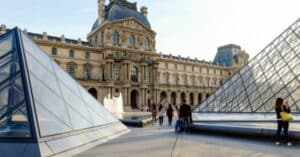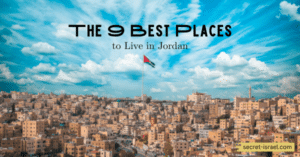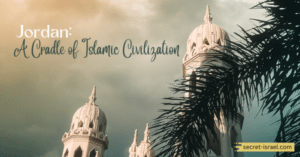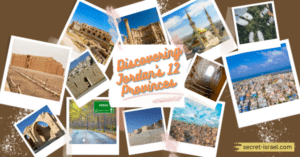Discover the captivating White Mosque of Ramla, a historical treasure embodying unity in diversity. Delve into its millennium-spanning past, marvel at its intricate Umayyad architecture, and immerse yourself in the vibrant cultural events it hosts. Unveil a tapestry of cultures and histories that make this mosque a must-see for curious travelers and enthusiasts of history and architecture.
Get lost in its many stories as you explore its vibrant colors and detailed carvings while learning more about this unique place’s deep historical roots.
The White Mosque of Ramla
Nestled in the heart of Ramla, a city rich with a diverse cultural tapestry, stands the marvel of history and architecture – The White Mosque. An invaluable treasure trove, this mosque is not only Israel’s oldest mosque outside Jerusalem but also a silent testament to the city’s vibrant past.
Revered by Muslims, Jews, and Christians alike, the White Mosque of Ramla offers a unique peek into the intricate layers of historical narratives, architectural influences, and cultural interweavings. It stands as a beacon of unity amidst diversity, effortlessly blending the sacred and secular, the past and the present. Join us as we embark on a journey through time to uncover the many tales this magnificent edifice holds within its walls.
Address: Sderot Shlomo HaMelech 10, Ramla, Israel
Phone: +972 8-922-5081
Hours Open: Sunday – Thursday 8:00 AM – 11:30 PM
Admission Fee: ₪ 7.00
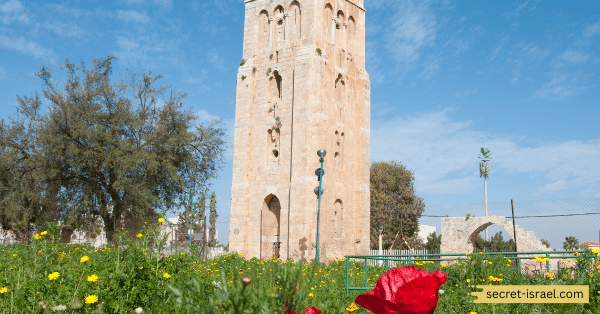
Historical Significance of the White Mosque
The White Mosque of Ramla, owing to its rich history spanning over a millennium, carries immense historical significance. Built in the 8th century during the Umayyad era, it bears witness to the ebbs and flows of various empires, cultures, and religions. As the oldest mosque outside of Jerusalem, it provides a unique insight into the religious and architectural practices of the early Islamic period in Israel.
This historical gem has been a center of worship, education, and community gatherings, serving as an important locus for social and cultural life. Moreover, its location in Ramla, a city once a major administrative center, underscores its historical importance. Despite the trials of time and multiple renovations, the White Mosque has managed to retain its essence, continuing to narrate the tales of its glorious past.
Today, it not only stands as a monument of historical significance but also fosters a sense of unity, underscoring the shared history of the diverse population of Ramla.
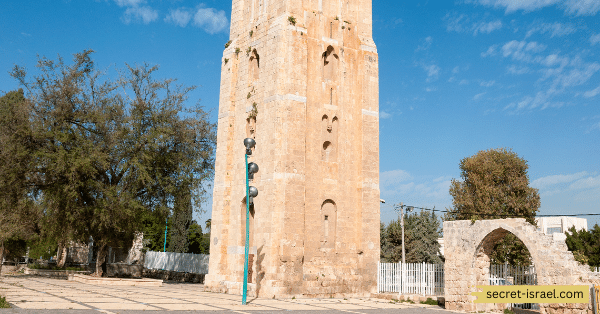
Architecture and Design of the White Mosque
The architecture and design of the White Mosque bear a profound testament to the artistic prowess and architectural practice of the Umayyad era. Characterized by its stark white façade, the mosque features a harmonious blend of intricate Islamic patterns and sturdy Byzantine construction techniques — a nod to the cultural confluence of the period.
Upon entering the mosque, one is greeted by a vast prayer hall, dominated by a mihrab (prayer niche) adorned with delicate stucco work, pointing toward Mecca. The grand arches, soaring minaret, and open courtyard are quintessential elements of Islamic architecture that add to the mosque’s ethereal charm.
One of the most fascinating aspects of the mosque’s design is its minaret, a towering structure built in a distinctive style that draws from both Roman and Byzantine influences. This amalgamation of architectural styles signifies the cultural intermingling that took place during the Umayyad era.
Another noteworthy architectural element is the underground water cistern, a remnant of the bygone era, which offers insights into the ingenious water management systems of the past. Today, the White Mosque, with its stunning architecture and design, stands as a tribute to the rich architectural legacy of the ancient Islamic world.
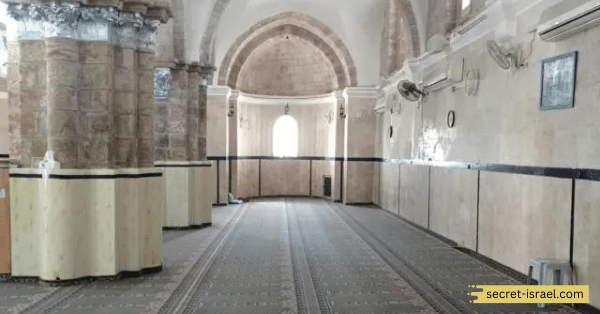
Exploring the Surrounding Area
Venturing beyond the White Mosque, you’ll discover that Ramla itself is an explorer’s delight, offering a wealth of historical sites, vibrant markets, and authentic eateries. Just a stone’s throw away from the mosque, you’ll find the Ramla Museum, housed in an Ottoman-era building and offering a deep dive into the city’s rich history and cultural heritage.
For those with an adventurous spirit, the Ramla Market, also known as the White Market, is an absolute must-visit. This bustling bazaar is a sensory delight, filled with the rich aroma of spices, the vibrant colors of fresh produce, and the rhythmic hustle and bustle of local life. Here, you can sample local delicacies, shop for traditional crafts, or simply soak in the lively atmosphere.
If you’re interested in architecture, don’t miss the Pool of Arches, an extraordinary 8th-century structure built during the reign of the Umayyad Caliphate. This subterranean water reservoir features an intriguing network of arches, offering a unique architectural experience.
Finally, cap off your exploration with a visit to one of the local eateries, where you can indulge in traditional Middle Eastern cuisine, such as hummus, falafel, or shawarma. Exploring the surroundings of the White Mosque, you’ll find that every corner of Ramla tells a story, making it the perfect accompaniment to your visit to this historic mosque.
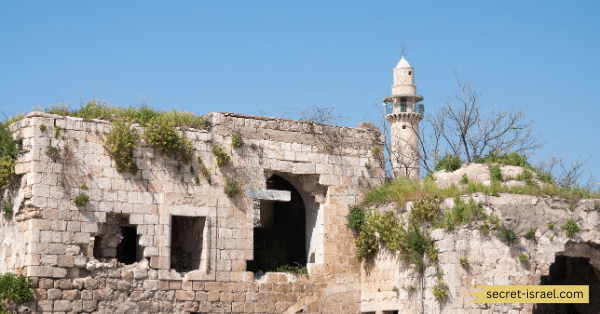
Events at The White Mosque
The White Mosque is not just a place of historic and architectural interest, but also a vibrant hub of cultural activities and events. Throughout the year, it hosts a bevy of performances, exhibitions, and cultural celebrations that attract locals and tourists alike.
One of the most noteworthy events is the annual “Harmony Festival”. This multi-cultural event serves to celebrate the shared heritage and unity of Ramla’s diverse population. The festival features musical performances, local art exhibitions, traditional dance shows, and food stalls serving an array of mouthwatering local cuisines.
In addition, the mosque also hosts educational seminars and workshops aimed at promoting interfaith dialogue and fostering a better understanding of the city’s diverse cultures and religious beliefs. These events feature prominent scholars, historians, and religious leaders who share their knowledge and insights about the mosque’s history and its significance in the city’s cultural fabric.
For those interested in art and architecture, the mosque occasionally hosts architecture tours and art exhibitions showcasing local artifacts and traditional Islamic art. These events offer a unique chance to delve deeper into the mosque’s architectural marvels and appreciate the fine nuances of Islamic artistic traditions.
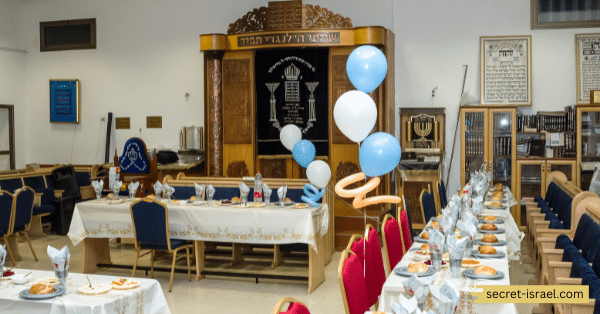
In Conclusion
The White Mosque of Ramla stands as a mesmerizing symbol of unity in diversity, cultural confluence, and historical richness. Its magnificent architecture narrates the tale of an era long past, while its vibrant events and activities echo the city’s present dynamism.
Whether you are a history enthusiast, an architecture aficionado, or simply a curious traveler, a visit to the White Mosque promises to be an enriching and unforgettable experience.
As you walk along its hallowed halls and gaze upon its grandeur, you’ll not only be stepping back in time but will also be partaking in a rich tapestry that threads together multiple cultures, religions, and histories.
So come, embark on this journey of discovery, and let the White Mosque of Ramla captivate your imagination and stir your soul.

